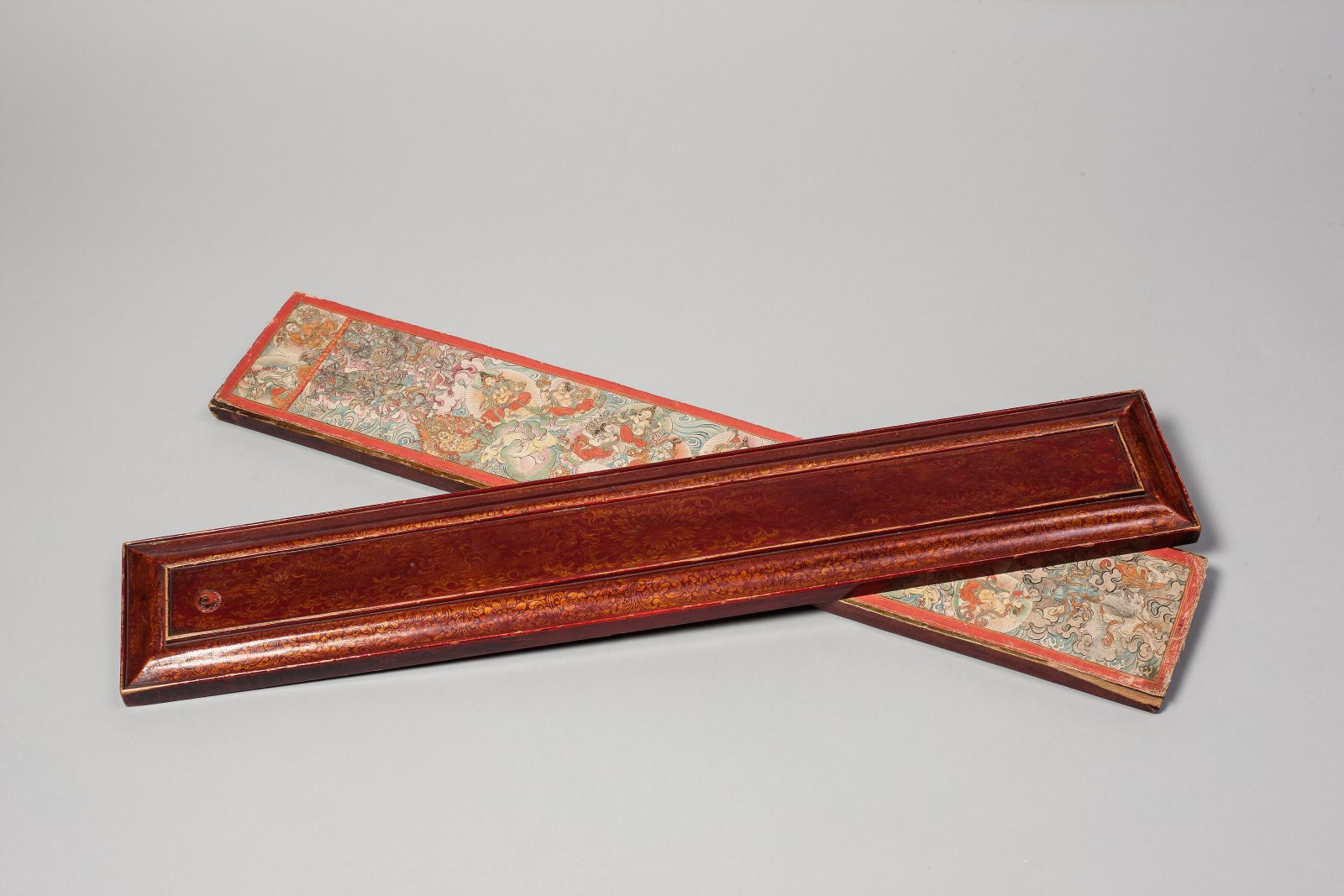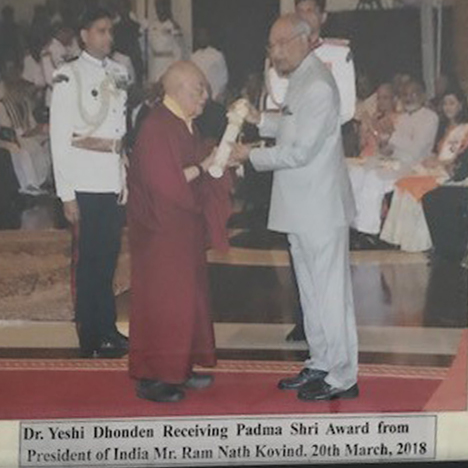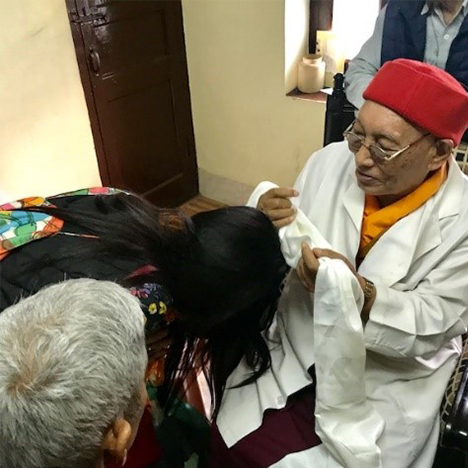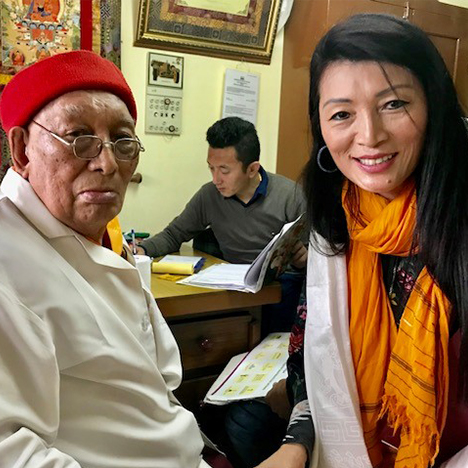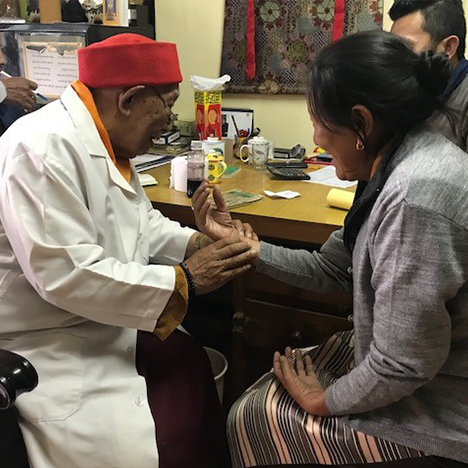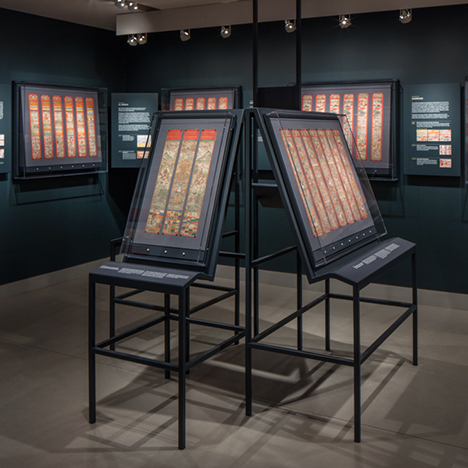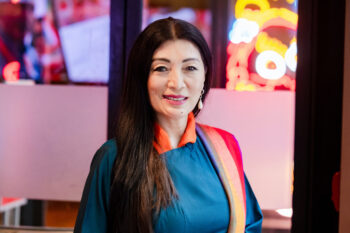What do you think of when you see a work of art from a bygone era? Don’t be fooled into thinking that just because something is centuries old it does not have any relevance today. Dr. Yeshi Dhonden is living proof that artworks like the Rubin Museum’s White Beryl manuscripts can still influence cultural practices today.
A former personal physician to His Holiness the Dalai Lama, Dr. Yeshi Dhonden was named as one of 73 recipients of the 2018 Padma Shri Award, India’s fourth highest civilian award. Born in 1927 in Lhoka, Tibet, he comes from a long line of medical practitioners and began practicing medicine himself when he was 20. He fled to India in 1959 after the occupation of Tibet.
Dr. Yeshi Dhonden is often referred to as Sangye Menlha—Medicine Buddha. I call him the Godfather of Tibetan Medicine. He is the former personal doctor of His Holiness the Fourteenth Dalai Lama, and one of the main founders of the Tibetan Astrology and Medical Institute located in Dharamsala, India.
I met with Dr. Yeshi Dhonden at his clinic in Dharamsala, India, to talk about the Rubin Museum’s White Beryl and Tibetan medical thangka collection. He had a huge smile as I was receiving the white silk Khata gesture of greeting. I had the great fortune of working as his translator during his last three visits to New York City, when patients flew from all over the world to see him. Seeing him again in person made me feel that he still possesses the same energy and strength, even after a decade. He was in his early 80s during those visits, and now that he is in his 90s he still remains the same: a true bodhisattva full of compassion, always helping others.
I asked him about the term “Medicine Buddha,” as it is how he is referred to by many. His reply showed a sense of humility, as he said it is a form of compliment that many of his patients give after they become better from Tibetan medicine.
For his sessions, Dr. Yeshi Dhonden’s patients bring their medical reports, and some patients also bring their urine. His two assistants translate the medical reports to Dr. Yeshi Dhonden in Tibetan. After learning about the patients, he checks their pulse and inquires more about their condition. He advises patients to avoid certain foods depending on their diagnoses, to relax their mind, and—most importantly—to be happy.
The manuscript of the White Beryl was created in Sakya, Tibet, in the mid-18th century. Sonam Peljor, who was a famous artist at the time, painted it. This manuscript contains complex, highly detailed illustrations. Desi Sangye Gyatso, the regent of the Fifth and Sixth Dalai Lamas, designed the White Beryl to offer prophecies ranging from geomancy to marriage, health, and death horoscopes. Tibetan astrology draws from the knowledge of many different traditions, including ancient Tibetan tradition, Chinese elemental astrology, Indian astrology that incorporates elements of Western astrological knowledge, and the Buddhist Kalachakra Tantra. The regent of the Fifth Dalai Lama combined all of these sources in the White Beryl. It is a system that is still practiced today.
Those who view the White Beryl manuscript might learn that they are not compatible with their partners. When asked about how fixed these pairings are and if an incompatible relationship is doomed, Dr. Yeshi Dhoden replied that these aren’t completely fixed, so an incompatible relationship isn’t necessarily fated to fail. There are remedies to overcome the obstacles, such as shabtens: rituals or prayers that are performed by monks or nuns and sometimes even by individuals to remove obstacles.
